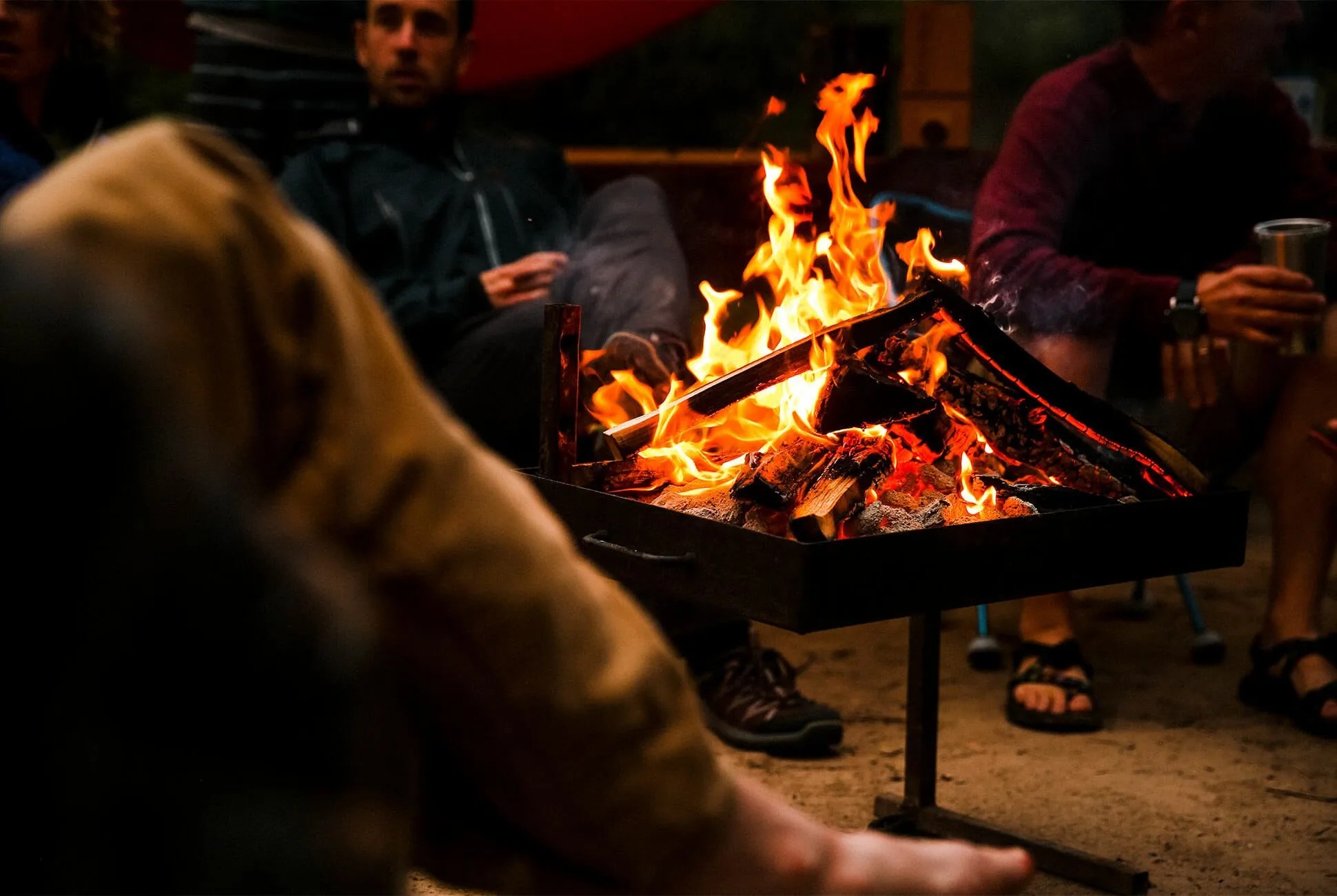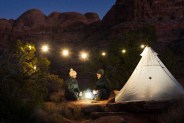You did it! You moved to a mountain town and, dismal odds be damned, you not only found yourself a home with a reasonable monthly rent but also a job that doesn’t start and end with the vernal and autumnal equinoxes. The only delays in your commute are those caused by deer in the road, the only sound waking you up at night is the scurrying of mice between the walls. You do not have to move your car from one side of the street to the other every night because you have a driveway. You do not have to wait in line at the grocery store because the farmer’s market (year-round!) takes place in the local park. Succeeding in a mountain town would be hard, they warned, but you made it; life is good.

I did not make it. My relatively short time living in a mountain paradise that might’ve been Eden, Avalon or Shangri-La was defined by too many roommates and not enough rooms (four of us, two bedrooms), and too many jobs but not enough consistency (zero to four, depending on the time of year).
In the beginning, this was all part of the plan. I was there to ski, to hike, to explore; work was just a means to an end, a necessary arm of a full-bodied lifestyle. But after two years that feeling of temporality began to wear off, and was replaced by a rooted and budding notion that “this was life” and that, unless I became one of its active participants, the seasons would be the only thing to change from year to year. My attempts at leveraging minimal experience to land full-time work in a place where job relocation is actually desirable were met with a failure shadowed over by an empty email inbox — “we cannot respond to all applicants.”
So I retreated: thirty-four hours from one side of the country to the other. When I revealed to those close to me that I would be relocating to New York City, I was met with incredulous laughter. “Well that’ll never work!” they said. But I was determined to see through this experiment in city life — I had once spent 77 consecutive nights sleeping in a tent, I would be able to survive at least that many in a tiny apartment.
And I have. My tenure in the city recently surpassed the time I spent living in the mountains of Wyoming. Nobody believed that I would do this or that I could do this. The change was undoubtedly jarring but not entirely uncomfortable, particularly once I realized that, with a slight adjustment in approach and an imaginative outlook, I could preserve many of the aspects of my bucolic lifestyle. Here are four guidances to help you, if you’ve recently found yourself in a similar situation, to do the same.
GoPro HERO7 Black


